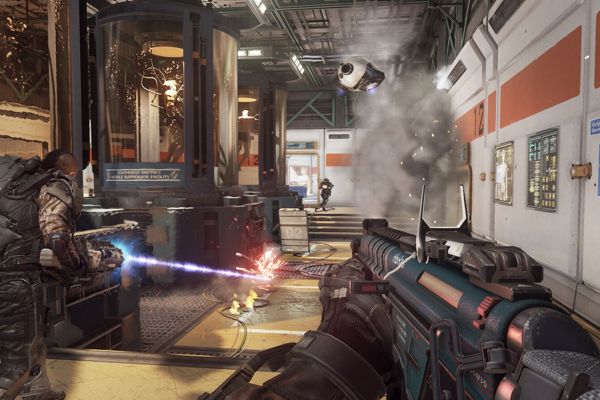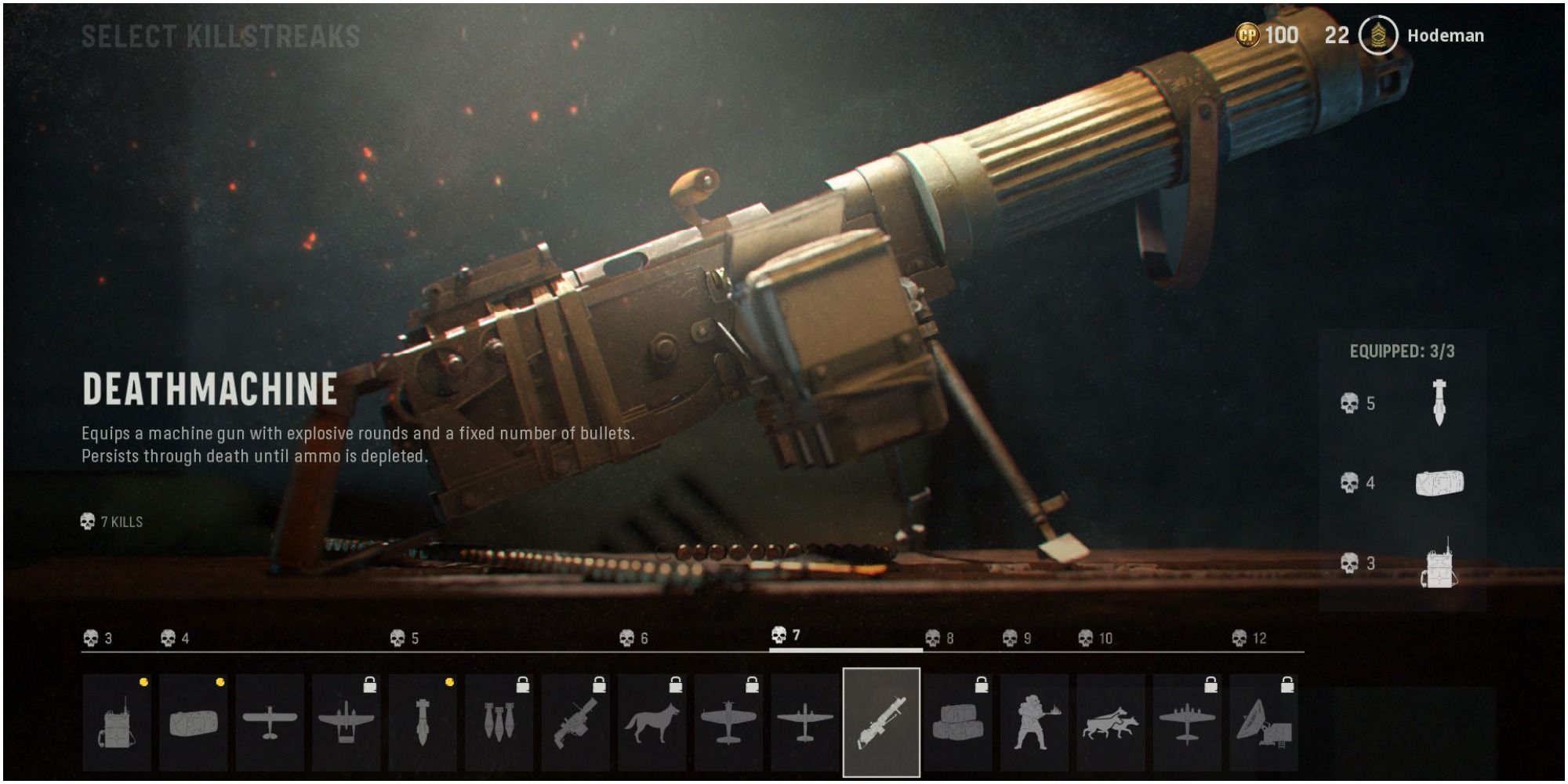
Reviving the Future: Why Call of Duty's Return Would Be Game-Changing

Returning to the future may be the missing link for Call of Duty, providing a unique benefit that modern and historical games cannot offer Despite past failures, a fresh take on the futuristic era could be the key to revitalizing the franchise and satisfying fans
The futuristic era of the Call of Duty franchise was a mixed bag, to say the least. Call of Duty: Ghosts served as a precursor to this period, and while Extinction mode was a unique concept, the messy campaign, odd multiplayer choices, and unappealing visuals held it back. Call of Duty: Advanced Warfare's highly exaggerated movement mechanics guaranteed it would be divisive, and its use of Kevin Spacey has not aged well. Black Ops 3 was the one bright spot, as Infinite Warfare's decent campaign and Zombies mode couldn't save it from a multiplayer that lacked personality and a community that had grown tired of the futuristic setting.
Activision would be taking a risk if they ever brought Call of Duty back to the future, considering the backlash against Infinite Warfare and its reveal trailer. Fans made it clear in 2016 that they wanted boots on the ground gameplay back. Since then, their wish has been granted, although only Call of Duty: Modern Warfare 2019 has been widely praised. As fans continue to find issues with recent premium releases despite a return to boots on the ground combat, it's hard not to wonder if another futuristic game could be worth exploring. After all, it would have one massive advantage that current games lack: a variety of killstreaks.
Call of Duty’s Killstreaks Shine More in Futuristic Settings
While the killstreaks in recent Call of Duty games have been decent, there is no denying that they lack originality. Even though Modern Warfare 2’s killstreak animations bring a sense of immersion, the problem with Call of Duty games set in real wars or modern settings is that the developers have a limited arsenal of tools used by militaries in the past century. As a result, Call of Duty games have highlighted almost all of them, such as Chopper Gunners, Attack Helicopters, AC-130 Gunships, Attack Dogs, and UAVs, which are seen repetitively and offer no novelty.
While some fans may not be thrilled about returning to a futuristic setting, it's undeniable that doing so could address the current killstreak problem. In a completely fictional future war, developers like Sledgehammer Games, Treyarch, or Infinity Ward would have the creative freedom to invent entirely new killstreaks that haven't been seen before. This would breathe new life into the franchise by breaking away from the same old streaks that have become all too predictable and monotonous, which has contributed to the series feeling repetitive year after year.
It's important to note that some of Call of Duty's most memorable and exciting killstreaks have come from futuristic titles. The Swarm from Black Ops 2 was always a thrilling reward to earn, as the AI-controlled drones that rained down from the sky could quickly turn the tide of a match. RAPS from Black Ops 3 were a unique and menacing alternative to the standard Attack Dogs, while the Guardian was a valuable tool for objective-oriented players. Advanced Warfare's Vulcan Laser and Infinite Warfare's THOR and AP-3X were just a few more examples of creative and interesting killstreaks. Even the DNA Bomb and De-Atomizer felt more engaging than the basic Tactical Nuke.














